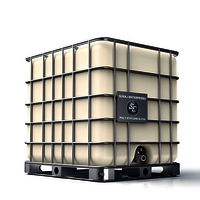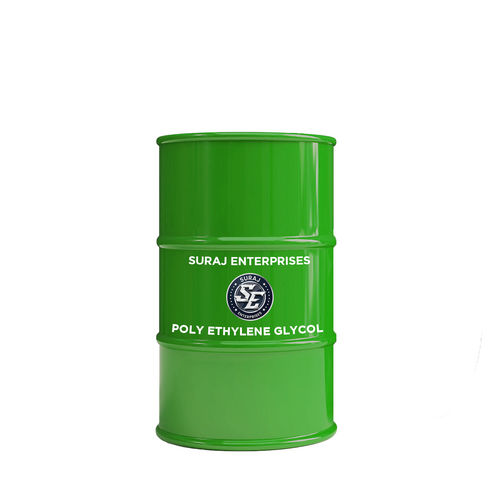
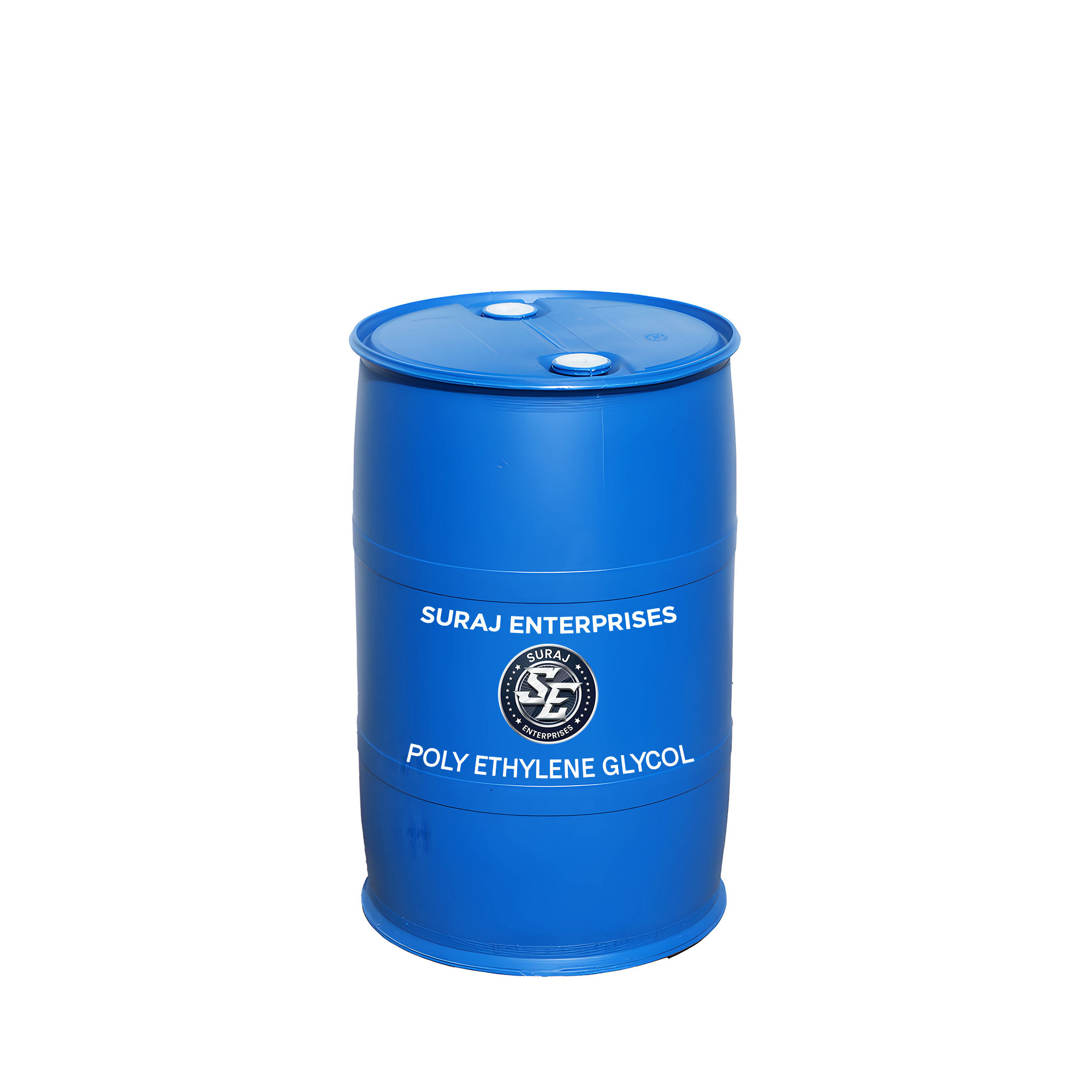
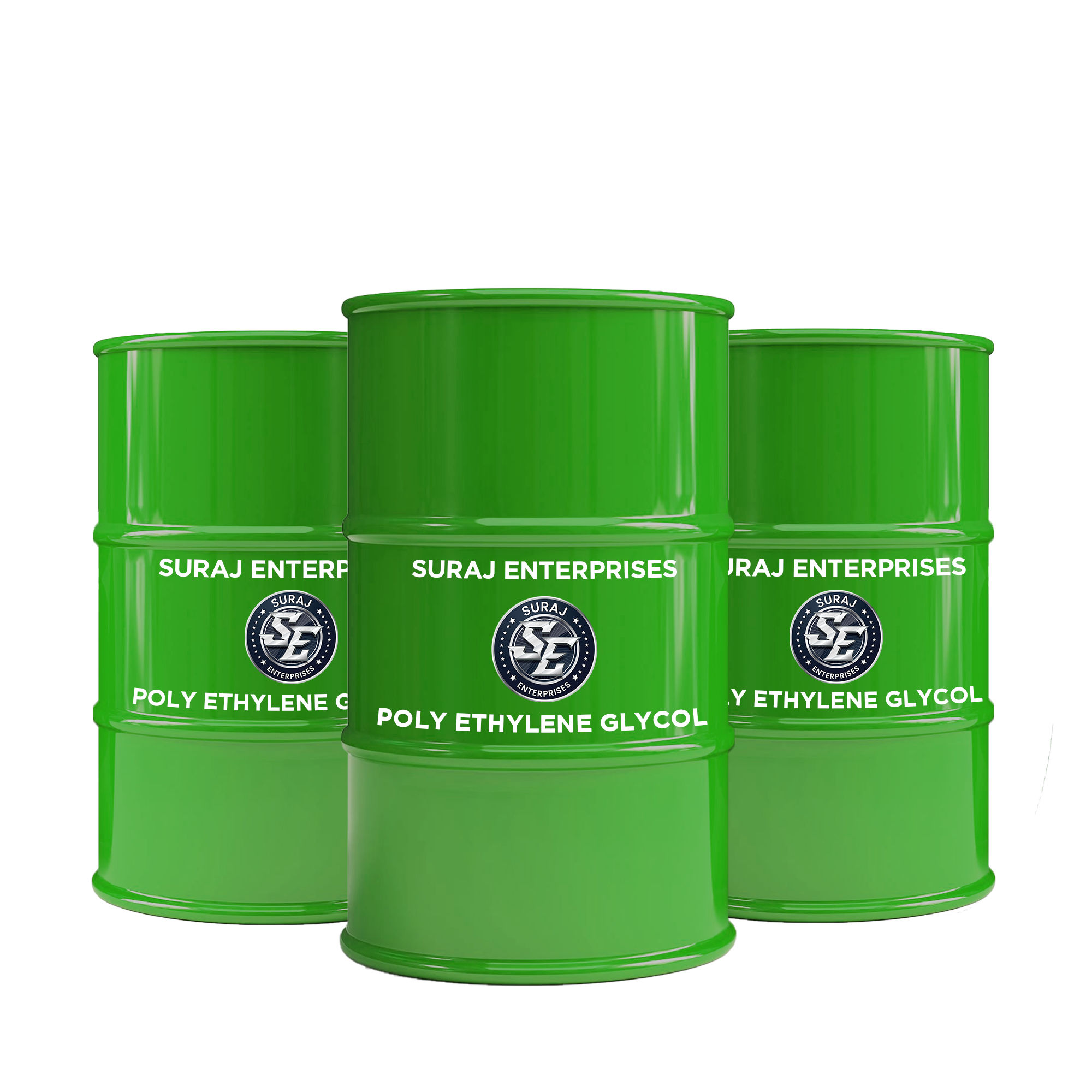
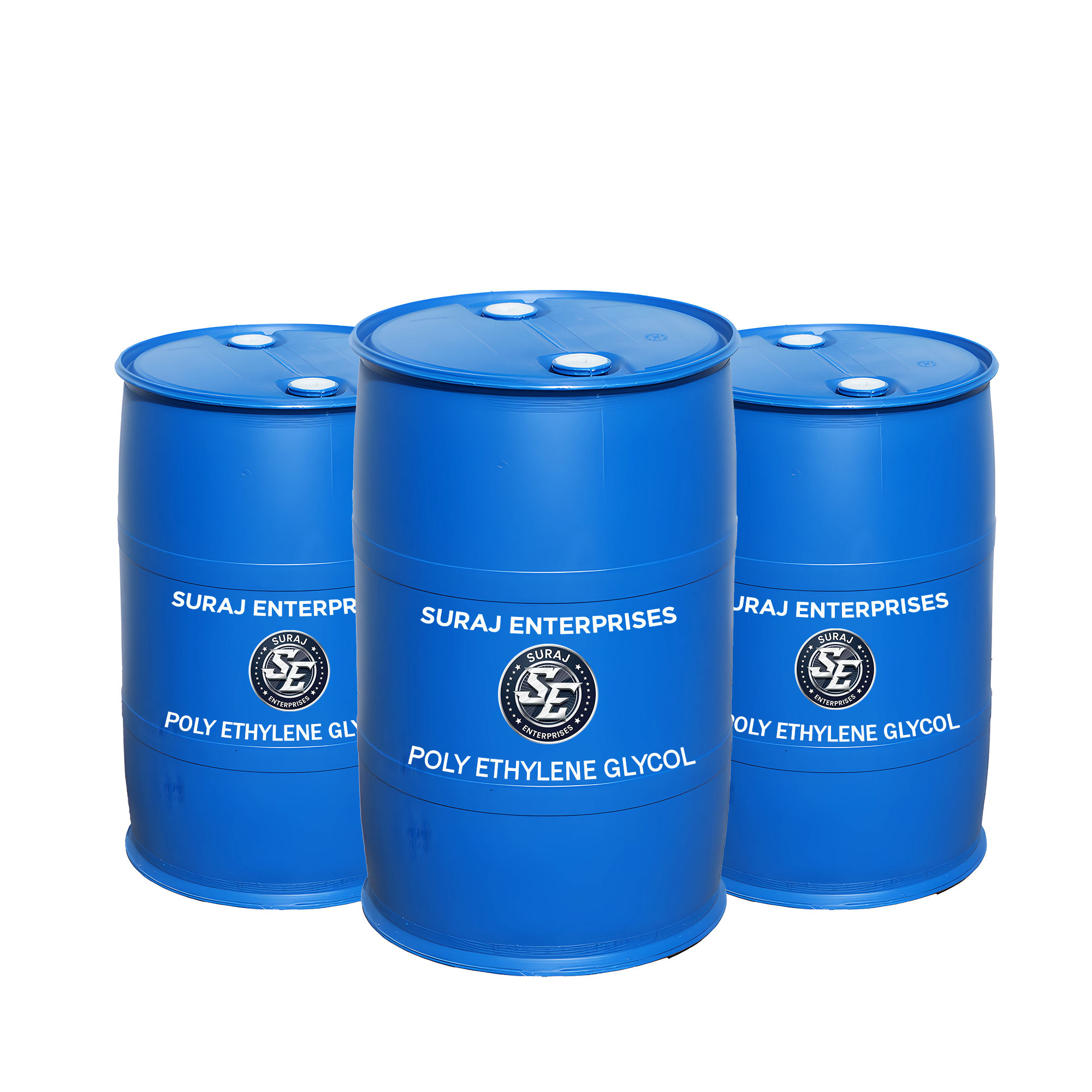

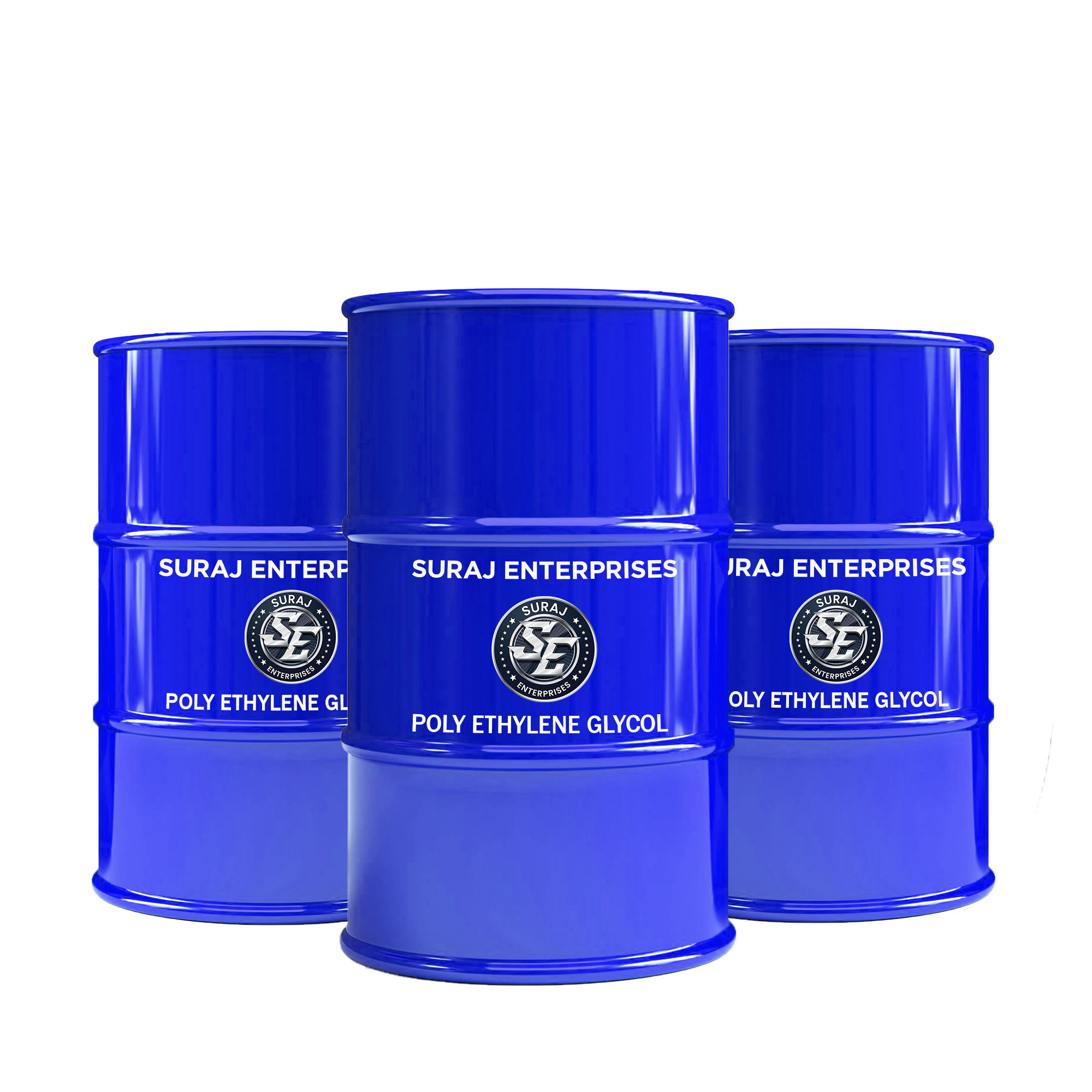
POLY ETHYLENE GLYCOL
Product Details:
Product Description
Polyethylene Glycol (PEG) is a polyether compound composedof repeating ethylene oxide units (-CH2-CH2-O-). PEGs are available in variousmolecular weights, indicated by numbers such as PEG 200, PEG 400, PEG 600,etc., which correspond to the average number of ethylene oxide units in thepolymer chain.
The primary application of Polyethylene Glycol is as aversatile polymer used in pharmaceuticals, personal care products, industrialprocesses, and chemical synthesis. PEGs are water-soluble and exhibit excellentbiocompatibility and lubricating properties.
In pharmaceuticals and personal care products, PolyethyleneGlycol is used as a base for ointments, creams, and lotions due to itsmoisturizing and emulsifying properties. PEGs are also used as solubilizers andstabilizers in liquid formulations and as excipients in oral and topicalmedications.
In industrial processes, Polyethylene Glycol serves as asurfactant, dispersant, and lubricant. It is used in the formulation ofdetergents, paints, coatings, and adhesives to improve product performance andstability. PEGs are also employed in chemical synthesis as reaction media andcatalyst supports.
Polyethylene Glycol is considered safe for use in variousapplications when handled according to recommended guidelines. However,specific precautions should be taken depending on the intended use andmolecular weight of the PEG. Proper handling, storage, and disposal practicesshould be followed to ensure product integrity and safety.




